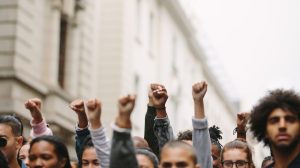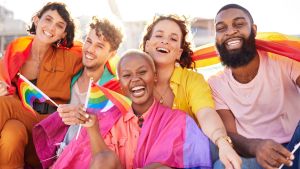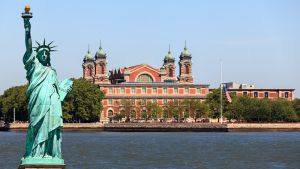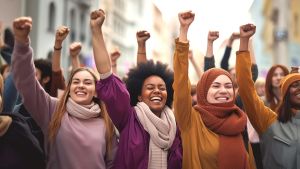This month, on June 28, 1969, 53 years ago, LGBTQ Pride unofficially got its start with a series of riots and protests that took place at the historic Stonewall Inn in New York City. Those demonstrations — the result of an illegal police raid on the inn and the queer community’s resulting decision to come together and stand up for their rights after years of previous abuses — gave birth to the modern Pride movement and the resulting celebration of LGBTQ history and heritage that comes along with it each summer.
Pride Month is a time to celebrate love and gender identity in all the various forms each can take, to reflect on the rights the LGBTQ community has fought so hard for over the past five-plus decades (including the growth of nondiscrimination laws and the 2015 Supreme Court approval of marriage equality), and to push for the continuing growth and expansion of those rights so all LGBTQ individuals have the same rights and freedoms as everyone else living in the United States.
Pride Month is also a time to reflect on our shared communal queer story — a tale involving a patchwork of trailblazers, freedom fighters, and history makers who fought valiantly to increase inclusion and representation in our world, and to pave a way for a better tomorrow for future generations.


















